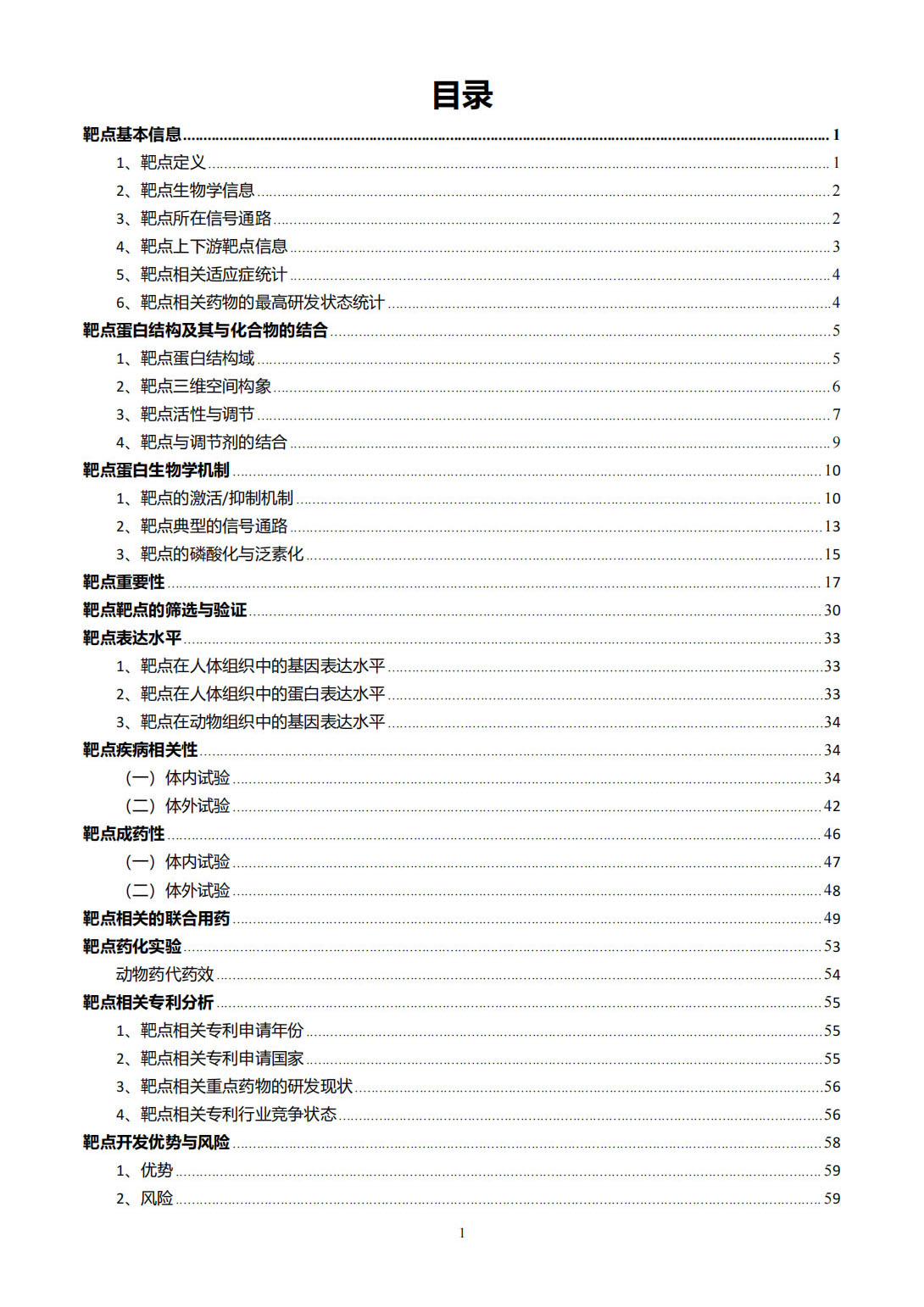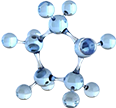CREB1 Target Analysis Report Summary


About the Target
Based on the provided context information, the following key viewpoints can be extracted regarding CREB1:
T. cruzi infection of colonic epithelial cells leads to the phosphorylation of CREB, which is translocated into the nuclei of infected cells, potentially contributing to the pathology observed in chagasic individuals [1].
CREB plays a role in promoting the generation and maintenance of regulatory T cells (Tregs) through its phosphorylation and binding to the FoxP3 locus, which regulates FoxP3 expression [2].
Phosphorylation of CREB, through recruitment of p300/CBP, contributes to the regulation of hepatic glucose homeostasis by influencing the expression of genes involved in gluconeogenesis [3].
CREB1 is involved in HDAC3-regulated breast cancer progression, where HDAC3 transactivates KDELR2 via CREB1, leading to accelerated cell cycle progression and tumor growth [4].
Certain herbal components, such as Rehmannia Root, Moutan Bark, and Cornus Fruit, inhibit the transactivation of CREB induced by glucagon, potentially affecting the expression of genes involved in glucose metabolism [5].
Please note that the viewpoints have been extracted and summarized based on the provided context, and no prior knowledge has been used. References have been cited using the corresponding numbers.
Based on the given context information and the keyword "CREB," we can extract the following key viewpoints:
Astrocyte marker GFAP has the highest correlation with prefrontal cortex aging and is causally dependent on CAMK4 [6]. The time series of GFAP and CAMK4 show a positive and negative correlation with age, respectively.
CAMK4 regulates GFAP, possibly through pERK and CREB signaling pathways [6]. Down-regulation of GFAP during aging is marked with a green color, while up-regulation is marked with red.
Activation of astrocytes (marked by GFAP) is triggered by inflammation, reactive oxygen species (ROS), and neuronal injury [6]. Astrocytes regulate the uptake and release of neurotransmitters responsible for synaptic transmission.
GFAP is involved in the regulation of inflammatory processes in response to neuronal injury and ROS [6]. This suggests that GFAP plays a role in the brain's response to damage and inflammation.
Calcium signaling pathway is downstream of CREB and may be involved in the regulation of GFAP [6]. The downregulation of CAMK4 during aging may contribute to the decline of GFAP expression.
In summary, GFAP, a marker of astrocytes, shows a strong correlation with aging in the prefrontal cortex and is dependent on CAMK4. Both astrocytes and GFAP are involved in regulating inflammatory processes in response to neuronal injury and ROS. GFAP is regulated by CAMK4, possibly through the pERK and CREB signaling pathways, and is influenced by the calcium signaling pathway [6].
Figure [1]

Figure [2]

Figure [3]

Figure [4]

Figure [5]

Figure [6]

Note: If you are interested in the full version of this target analysis report, or if you'd like to learn how our AI-powered BDE-Chem can design therapeutic molecules to interact with the CREB1 target at a cost 90% lower than traditional approaches, please feel free to contact us at BD@silexon.ai.
More Common Targets
ABCB1 | ABCG2 | ACE2 | AHR | AKT1 | ALK | AR | ATM | BAX | BCL2 | BCL2L1 | BECN1 | BRAF | BRCA1 | CAMP | CASP3 | CASP9 | CCL5 | CCND1 | CD274 | CD4 | CD8A | CDH1 | CDKN1A | CDKN2A | CREB1 | CXCL8 | CXCR4 | DNMT1 | EGF | EGFR | EP300 | ERBB2 | EREG | ESR1 | EZH2 | FN1 | FOXO3 | HDAC9 | HGF | HMGB1 | HSP90AA1 | HSPA4 | HSPA5 | IDO1 | IFNA1 | IGF1 | IGF1R | IL17A | IL6 | INS | JUN | KRAS | MAPK1 | MAPK14 | MAPK3 | MAPK8 | MAPT | MCL1 | MDM2 | MET | MMP9 | MTOR | MYC | NFE2L2 | NLRP3 | NOTCH1 | PARP1 | PCNA | PDCD1 | PLK1 | PRKAA1 | PRKAA2 | PTEN | PTGS2 | PTK2 | RELA | SIRT1 | SLTM | SMAD4 | SOD1 | SQSTM1 | SRC | STAT1 | STAT3 | STAT5A | TAK1 | TERT | TLR4 | TNF | TP53 | TXN | VEGFA | YAP1

